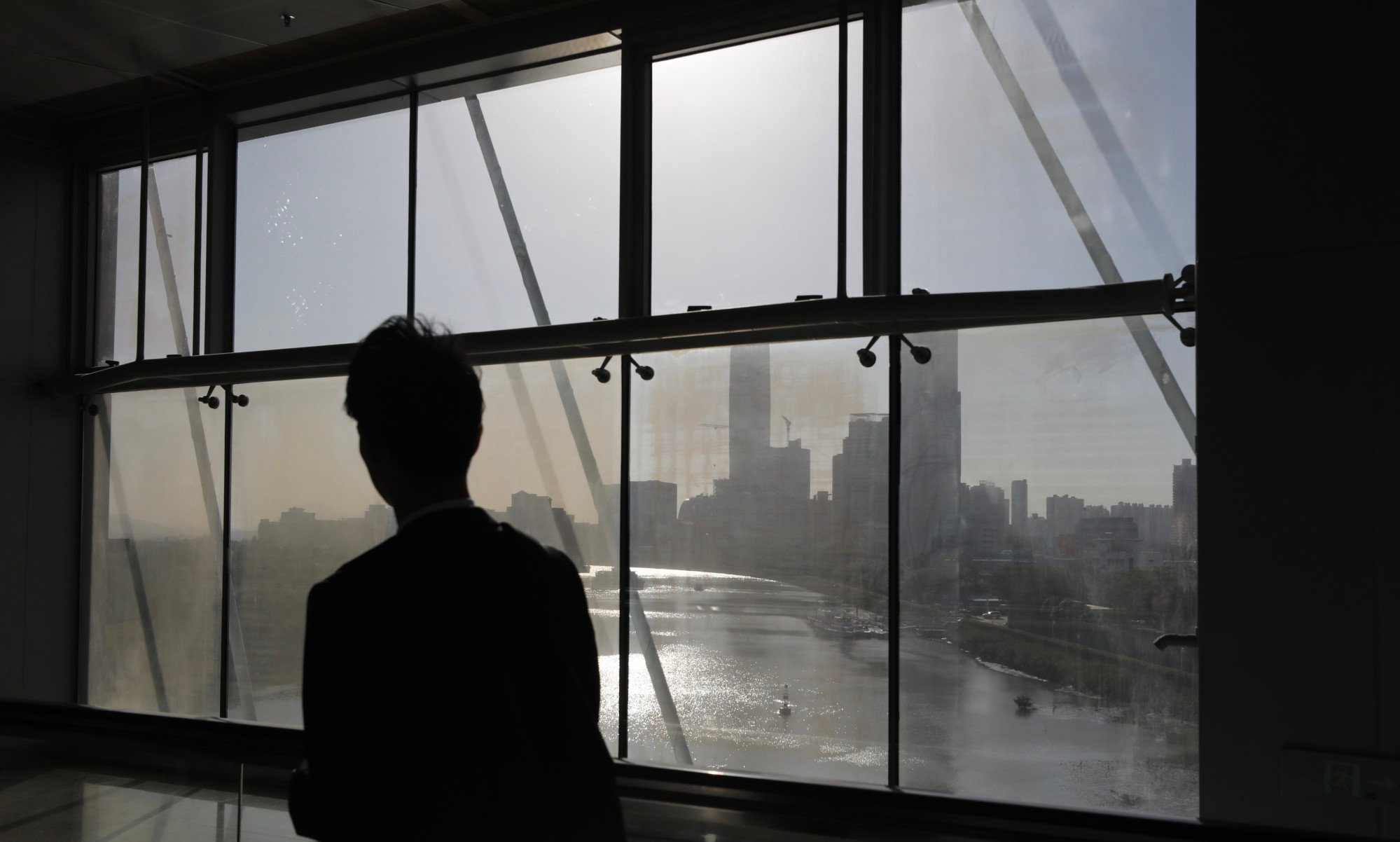
Suicide alerts a means to raise awareness in Hong Kong
- Researchers hope the alerts, which are similar to weather or pollution warnings, can raise public awareness of suicides during sharp rises in cases
If preventing someone from taking one’s life was as simple as issuing alerts against rainstorms or choking air, there would not be more than 700,000 suicides worldwide every year. However, this does not stop experts from developing a weather report-like warning system to help tackle the problem, which is sadly often taken for granted.
The idea of monitoring daily suicide trends and issuing warnings based on risk levels similar to weather alerts has raised many eyebrows. We are not talking about recent news reports on studies that showed suicide tendency could be related to air quality and temperature.
Precisely, it is about a more proactive surveillance mechanism that mirrors the colour-coded air pollution and rainstorm alerts to help raise public awareness of suicides.
Under the proposals being developed by Hong Kong Jockey Club Centre for Suicide Research and Prevention under the University of Hong Kong, the system will take into account available data about suicide attempts on social media and the number of deaths to formulate a model to deduce when people are most likely to take their own life.

Currently, average daily suicide cases stand at 2.17. An alert will be triggered if the figure exceeds three standard deviations above the mean, or more than six cases a day, according to the institute.
The model will also calculate a seven-day average and compare the figure with that for the same period the previous year.
Welcome as it is, the alert system is just a means to raise public awareness. Indeed, any response that comes after a surge in suicides cannot undo the harm already done.
But it can still prompt a greater sense of urgency to prevent the crisis from escalating. The surveillance must be backed up with a comprehensive support network for those in need of help.
Hong Kong tragedies remind us of those still in need
Amid a worrying trend of schoolchildren taking their own lives since last September, the education sector has rightly taken a more proactive approach in identifying risky cases. The same level of vigilance and support is also required among the elderly, whose suicide rate is still disturbingly high.
Hopefully, the concerted efforts can make a difference and give the “suicide weatherman” less bad news to report.

